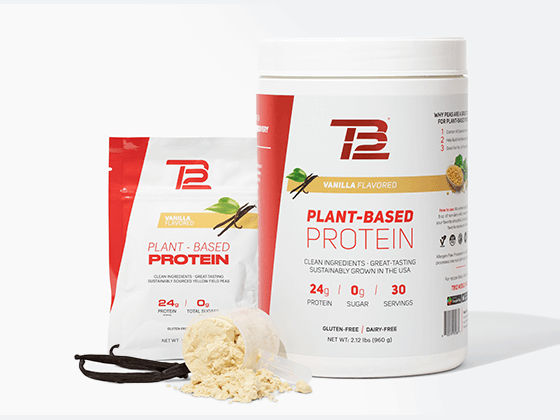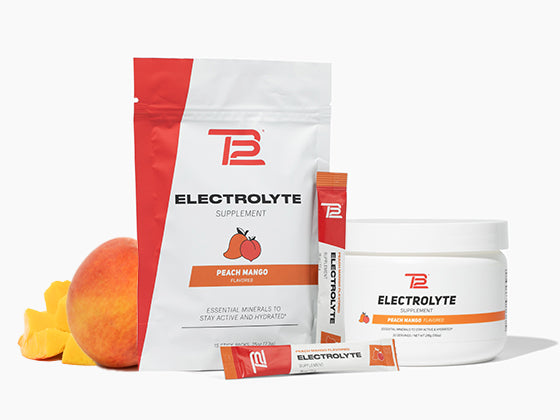AT-HOME PLIABILITY
At-Home pliability is great for your body in many ways, especially for anyone who lives an active lifestyle and wants to make recovery a priority. Pliability work is manual bodywork that lengthens and softens muscles to both promote recovery and help protect from injury. You can make progress at home through partner pliability or with a device like TB12 Vibrating Pliability Roller or Vibrating Sphere.
The next question is: When should I work on pliability?
Tight Muscles: If your muscles are feeling tight and stiff, that’s a good indicator that it’s time for pliability work. Focus on the tight area and spend some extra time on that muscle group. Work on the muscle with your partner or assisted device until it feels softer. If you have a muscle group that’s always tight, do your at-home pliability work on it every day. If you’re exclusively doing at-home pliability work, you’ll start to feel a difference in about two weeks. Keep it up, because by the month mark you should be feeling much better!
Pliability work is a good pre- and post-workout routine. It can actually replace stretching! Pliability does more for you than flexibility. Stretching may lead to longer muscles, but not softer ones. That means you’re not getting the healing and preventative effects of pliability when you’re only stretching.
In addition, people who stretch too much can actually make their ligaments too loose, which can lead to tears and injury. Pliability gives you more benefits and has less drawbacks than stretching, so go ahead and switch out the stretches for pliability. At-home pliability work is so beneficial because it administers positive trauma to the tissues in your body, which stimulates your neuromuscular system. That stimulation is what the body needs to adapt, lengthen and soften the muscles, and reach the end goal of 100 percent muscle pump function.
Another great benefit of regular at-home pliability work is lymphatic system stimulation. That helps circulate waste out of your body so you can actually heal faster! If you’re not sore or working out, it’s great to do at-home pliability work every single day, both when you wake up and at the end of the day. Bryan Hart (MS, ATC, LAT) says “Doing pliability work first thing in the morning is a great way to activate your muscles and get good blood flow to those areas worked on. It helps wake you up!” The end of the day is a good time to get some at-home pliability in because it helps increase your circulation, and increase that lymphatic drainage.
This all helps to de-stimulate your overall stress and tension that you might’ve built up throughout the day. It can be a nice part of your evening routine as you start to wind down and get ready for bed.
Tips For Successful At-Home Pliability
Here are a few things you can do to improve your at-home pliability work: Relax the muscles you are rolling: Do this by scanning your body and doing a self-check of whether or not you are truly keeping yourself relaxed as possible. Many tend to ease off from the Pliability Roller without noticing it. To get the best results, make sure you are fully relaxing the muscle being targeted.
Find the tender/dense areas of the muscle: Don’t shy away from these dense areas – they're often the cause of this muscle tightness. Be cautious of any bony structures though, as this could cause more discomfort. Feel a change in the tissue: Once you feel a change in the tissue, move to the next soft tissue area. It’s best to do at-home pliability every morning and evening, even on days that you’re working out. If you work out is in the morning, it’ll double as your pre-workout pliability, making it super easy to integrate into your schedule! Try it out and see how much progress you can make.




